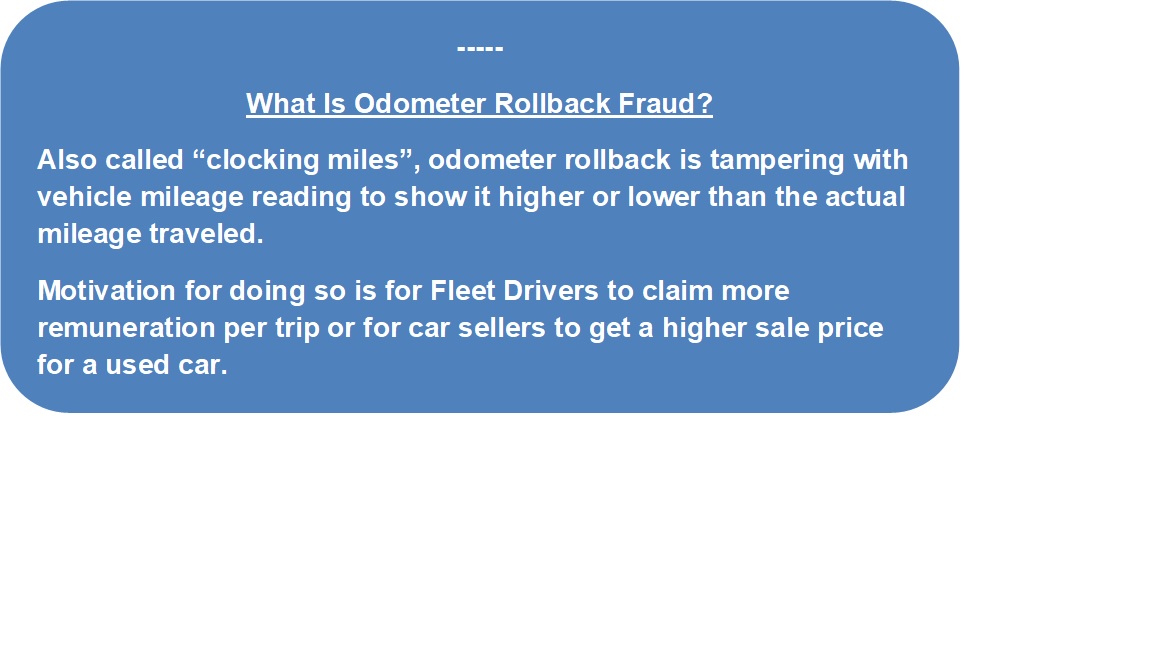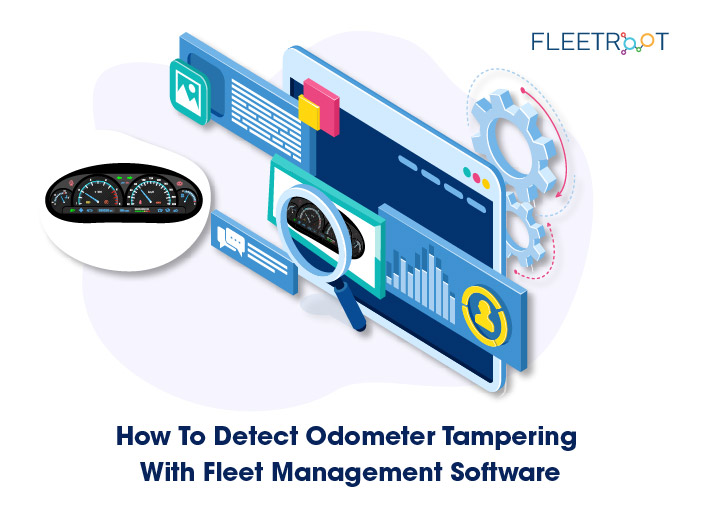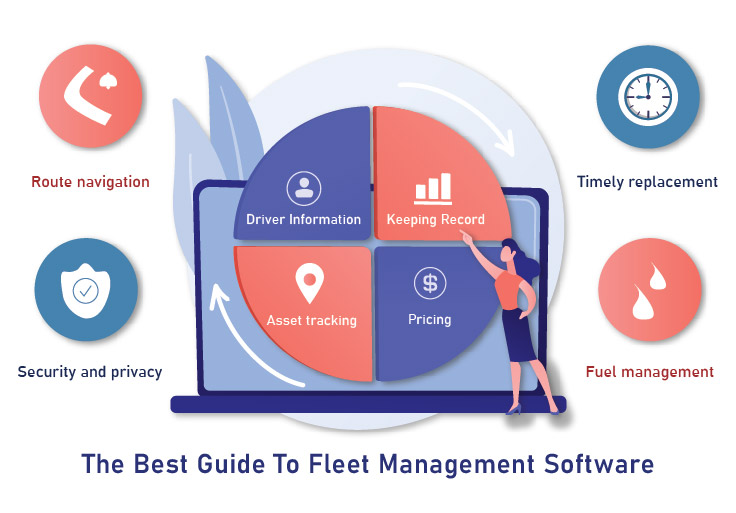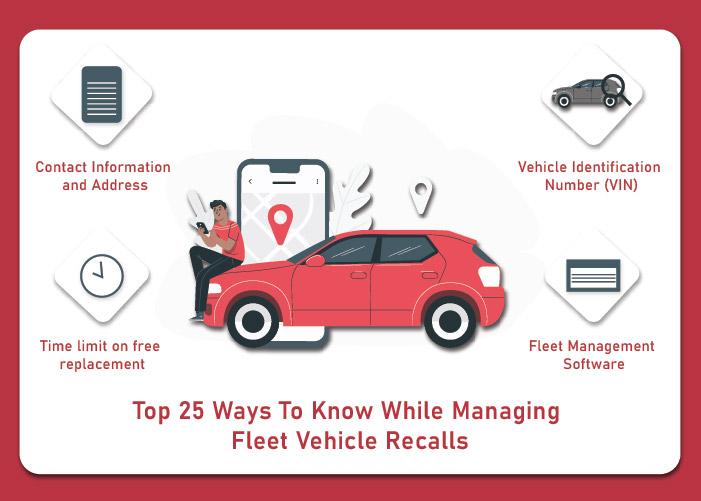Executive Summary
Odometer tampering has been around a long time. Private car owners have done it since manufacturers started inserting mechanical odometers so that they could quote a higher price for selling a used car.
In the Fleet Industry, this is a common problem and fleet drivers are driven by the benefit of “making an extra buck” – actually, quite a bit of it! Often, fleet owners are aware of the ongoing malpractice but lack enough proof to take corrective actions.
While there have been historical methods of spotting Odometer fraud, it has always been a back-and-forth battle between vehicle sellers, fleet drivers and Vehicle and Fleet Owners. However, the advent of modern technologies like Vehicular Telematics, centralized servers and GPS-enabled Fleet Management Software has enabled company management to successfully monitor, identify, and prevent Odometer tampering.
What is Odometer tampering?
Odometer tampering is the wrongful practice of reducing the odometer reading to make it appear that a vehicle has travelled lesser miles than the correct number. This is a fraudulent act that impacts vehicle price and dupes the buyer into believing that he is purchasing a vehicle that has less miles on it.
Why does Odometer tampering take place?
Odometer tampering has been a problem ever since car manufacturers began inserting odometers in their vehicles. In the old days of mechanical odometers, “rolling back” was done by manually altering the reading on the odometer and fixing it back on the dashboard.
But, is odometer tampering a problem even today? After all, modern vehicles are technologically advanced and record mileage electronically. Well, the scamsters have evolved, too! Now, they tamper with the odometer software instead of by doing it manually – therefore, in spite of technological advances, this fraudulent exercise is present to the day.
While car owners reduce odometer readings to claim a better price during sale, fleet drivers do it with the intention of pocketing the extra money. By increasing the odometer reading, they can claim more remuneration on trips where they get paid per-mile-traveled. Or, by decreasing the reading to save money on fuel consumption by showing less mileage.

Traditional ways of detecting Odometer tampering
For mechanical odometers: tampering with the mileage would need the instrument to be removed from the dashboard, and rolling back the digit gears. There are several visual tampering cues that are generally seen, so detection is reasonably easy.
For digital odometers: it usually means using a diagnostic port to connect to the car for access to the odometer software, and, thereafter changing the stored data. Unfortunately, tech tools to commit this activity are easily available online and at repair shops (they are also used by licensed repair shops for legal car-work).
Given below are six traditional methods of detecting odometer fraud.
- Unusually low odometer readings: depending on the vehicle and the purpose it was used for, there is generally a par-number of miles it would’ve clocked. If different, and the owner can’t explain it well enough, you should be concerned
- Original vehicle title: the odometer reading appears in the vehicle title. If there is foul-play, the seller may try and furnish a duplicate vehicle title, tamper with the original, or even be reluctant to show the original title– watch for it
- Check vehicle history: running a vehicle history check includes comprehensive information about prior owners, repair, and accident history. Importantly, whenever the car undergoes repair by certified companies, the information is added to this report, including the odometer reading of the time. Use the car VIN to run an online VIN check. A vehicle history report is stored electronically in secure online databases – a most reliable way to check for odometer rollback
- Check the dashboard for tampering: check for physical clues on the dashboard e.g. scratches, dashboard fitted awkwardly, misaligned odometer digits.
- Consult your mechanic: of course, getting the car checked by your mechanic is always a great option
- Control module: scammers may forget about the vehicle control module, but mileage is recorded on this, too. Tampering with the odometer does not always impact the control module. A mechanic could easily check for discrepancies in mileage.

Modern way of detecting Odometer tampering: using Fleet Management Software
As mentioned above, odometer tampering is still, unfortunately, a common malpractice, particularly in the transportation industry. Fleet Owners are in the know but often don’t have enough proof to confront the errant drivers or operators.
However, the advent of modern GPS-enabled fleet management systems has propelled the automobile industry into the information age through the use of onboard vehicle telematics, sensors, connected intelligence, data-analytics (etc). In other words, it is the convergence of wireless communications, location-mapping, and in-vehicle electronics based on data flowing to and generated from vehicles via wireless networks.
ELD (Electronic Logging Device): often called “Black Boxes”, it is fitted into vehicles and can track, record, and transmit an entire world of data to the centralized fleet management software. This data exchange can also take place via cell phone. Communication and location-mapping for the vehicle occur via a network of satellite systems, cellular towers (etc.). This is monitored by Transport Managers for actionable insight.
Detecting odometer tampering has become robust due to such systems – the mileage clocked via an ELD can easily be used to dispute fraudulent odometer numbers.
Tracking tampered cases
Given below is a typical UI of a GPS-enabled Fleet Management Software.

(Source: www.fleetroot.com )
Key Performance Indicators (KPIs) like distance-per-trip by each vehicle, no. of refuels, total distance covered (etc.) are now easily available. Providing for some natural variances e.g. inclement weather, extra trips needed, traffic congestion (etc.), the pre-defined metrics provide management with a clear comparison between planned vs. actual. Therefore, fraudulent odometer readings are now almost impossible to push through.
Odometer tampering: causes severe revenue loss.
Fleet Operators and clients agree on a “rate per mile” on their contracts. Fraudulent mileage and wrongful payouts will impact the profitability and sustainability of the entire Logistics and Supply Chain eco-system.
Conclusion: Due to the advent of modern Fleet Management Software that can electronically track mileage and also record it on centralized systems for review, it is now possible for company management to prevent odometer tampering and its associated downsides.




